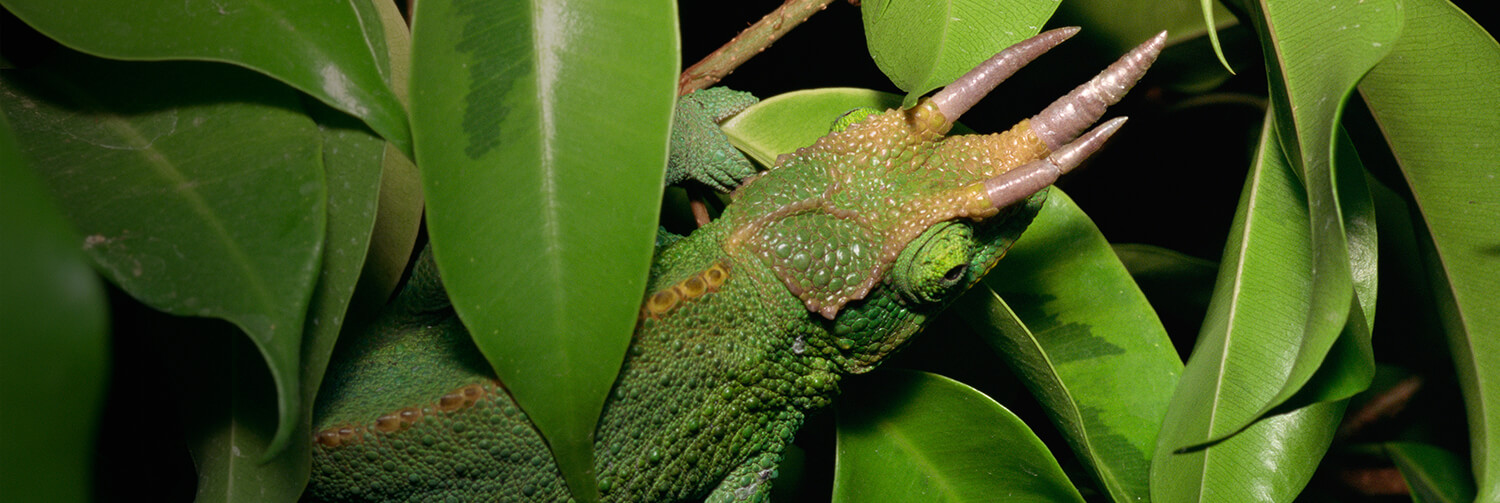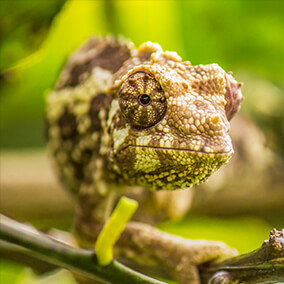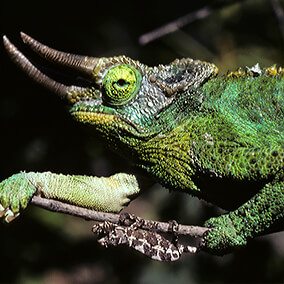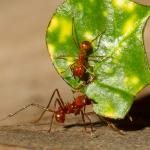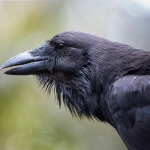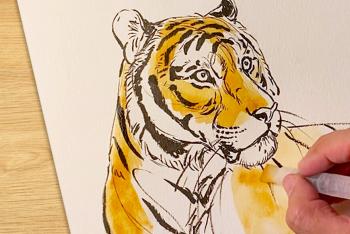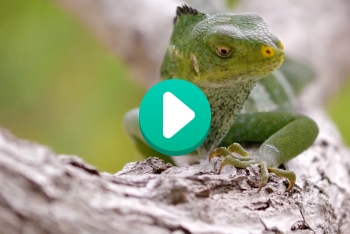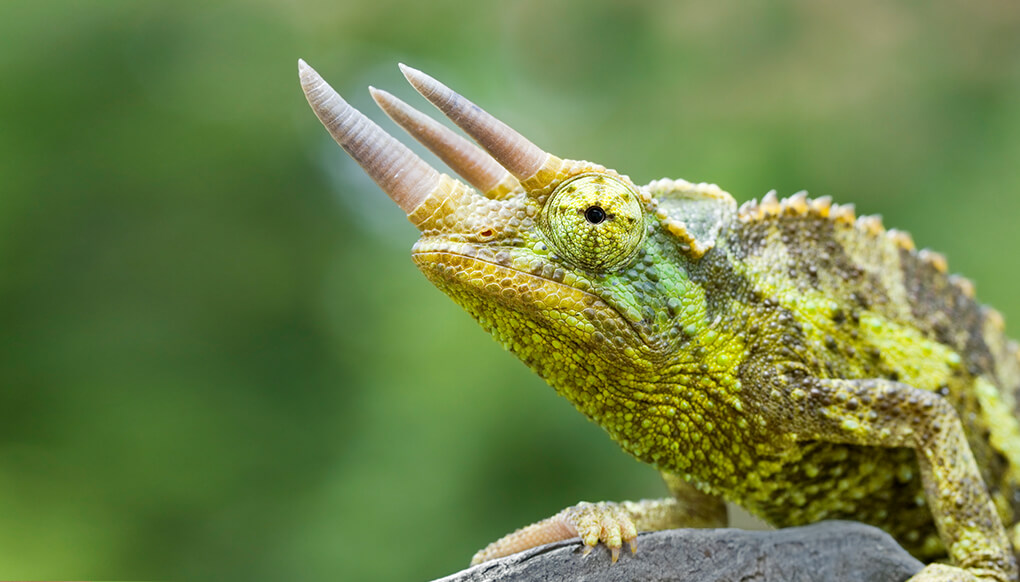
Jackson's chameleon

Reptiles


Stable
facts

description
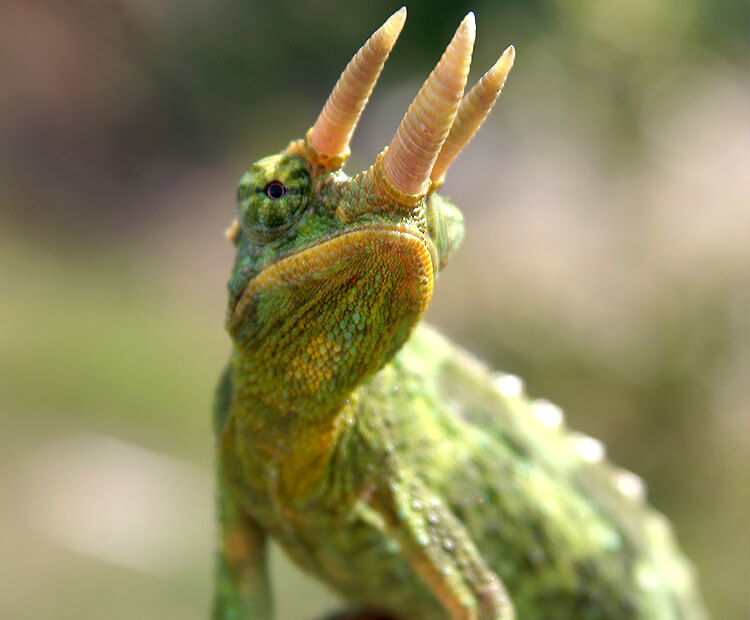
Mini triceratops
It’s easy to tell a male Jackson's chameleon from a female: only the males have horns. The male's 3 horns make him look a little like a mini triceratops! Because of this fancy headgear, these lizards are sometimes called 3-horned chameleons. The horns are used to defend the male's territory. They may lock horns and try to push each other off a narrow tree branch.
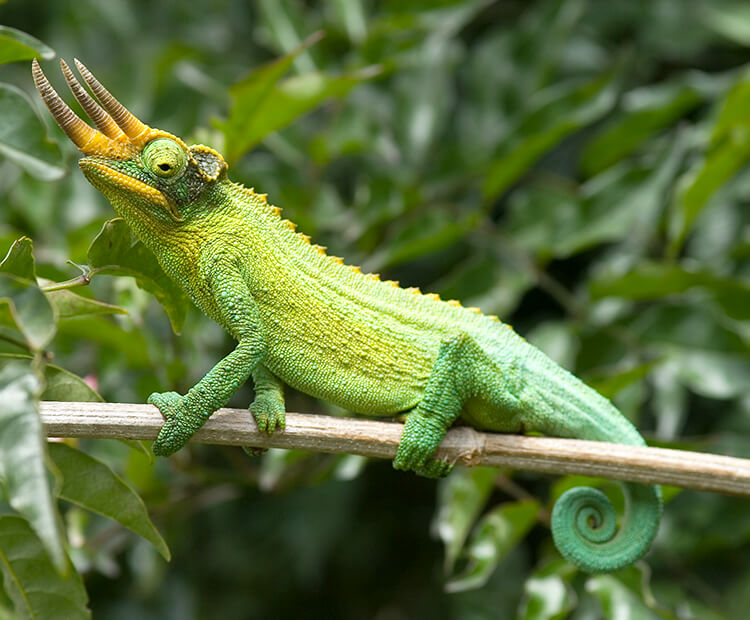
At home in trees
These colorful chameleons live up in trees. Their prehensile tail helps them keep a grip as they crawl from branch to branch. Instead of drinking water, they lick dew from leaves.
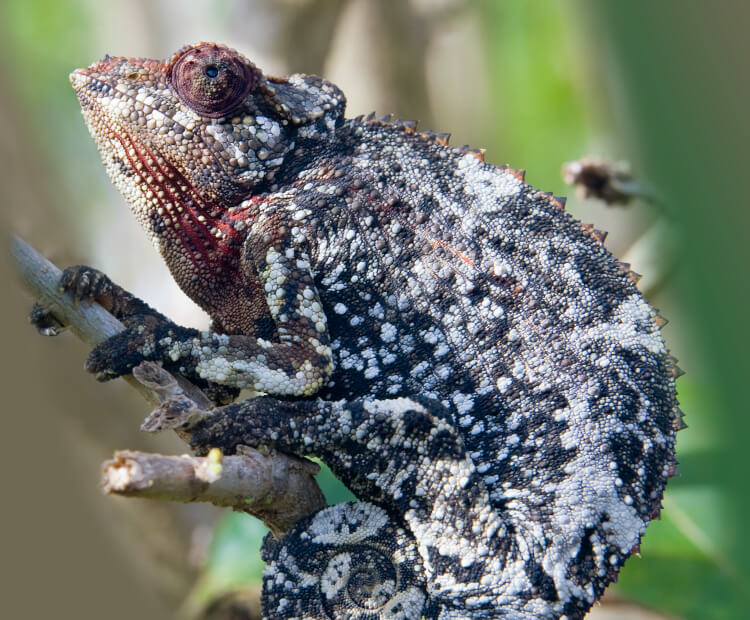
Moms give birth
Most types of chameleons reproduce by laying eggs. But Jackson’s chameleons do it very differently. Instead of laying a tough-shelled egg, the female carries her young inside her body.
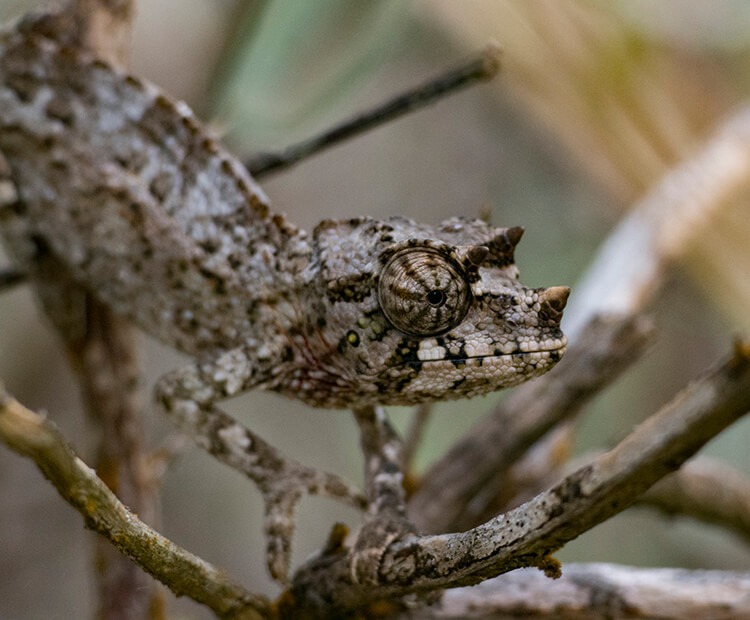
On their own
When the Jackson's chameleon babies are born, their mother doesn’t feed them. Instead, young chameleons begin hunting tiny insects as soon as they are able, with no help from Mom!
Jackson's chameleons live in mountain forests of Kenya and Tanzania.

